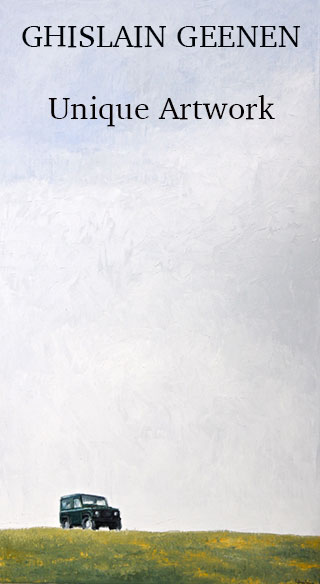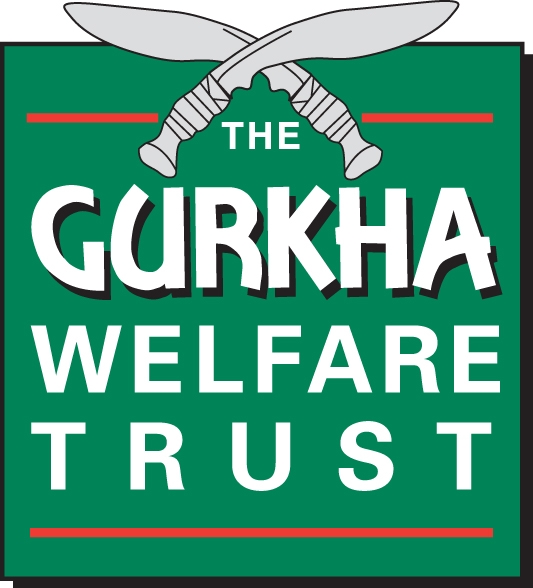So, the proposed removal of lead from game shooting cartridges, within five years, has got you in a panic. Not so fast! Take a deep breath and examine, with me, the options we have now and the possibilities for the future of our old guns.
When four star petrol was removed from sale in 2000, concessions in the legislation allowed for 0.5% of fuel sales to be leaded petrol, for ‘characteristic’ vehicles. The sale of this is restricted to members of the Federation of British Historic Vehicles Clubs. It means that if you have a car that really cannot be converted to run on un-leaded fuel, you can keep it on the road.
The rationale is that so few of these vehicles are being used that their accumulated effect on public health is so small as to be irrelevant. I think a similar concession should be made for users of pre-WW2 British shotguns. Perhaps they could be limited to cartridges sold in 2 1/2” (65mm) cases. A certificate of the veracity of the age of the gun being used could be produced and endorsed and sales limited to 1,000 shells per annum per person. That is a solution I will be promoting in the coming years. I’m not convinced I’ll be successful.
Remember, we have five years to carry on as usual before the proposal to stop shooting game with lead begins. If we are planning to join the phase-out, what are our options today?
Steel shot is less kind to old, thin, barrels than lead. Steel does not deform and puts more pressure on the barrels when it meets constrictions. It is also liable to score the bores, so is encased in a tough plastic shot-cup to ease its passage. If your gun has steep forcing cones, tight bores and abrupt choke cones, it will be more susceptible to the ill-effects of steel shot cartridges. Many vintage British guns do have these features and may need alteration to help them cope with a change to ‘standard steel’ ammunition. ‘Standard steel’ means ammunition not loaded to the high pressures that ‘Superior Steel’ proof is designated for. If your gun does not have the ‘fleur-de-lys’ steel shot proof mark (trust me, it doesn’t) then you must restrict yourself to ‘standard steel’ loads, which can be shot through a nitro-proofed (or re-proofed) gun, as long as the barrels are in good condition. If they are thin or pitted, don’t risk it. Also, safer if the choke is not too tight.
...unless your gun has 2 3/4” or 70mm proof stamps on the flats, there is no steel load available to you...
The other issue is that you can only choose from 70mm cased cartridges in ‘standard steel’ loads today. So, unless your gun has 2 3/4” or 70mm proof stamps on the flats, there is no steel load available to you yet. In Denmark, where steel shot has been the only cost-effective legal option for years, Gamebore sells a 67mm (2 1/2”) steel shot cartridge for older guns. I hope to see it on sale in the UK soon.
If you can’t use steel, you can use bismuth. Gamebore and Eley both make cartridges loaded with this non-toxic alternative to lead. It is not quite as heavy as lead, being 9.78 on a density scale, compared to lead, at 11.34. That means you need to buy a pellet one size larger than normal to achieve the same energy retention at range.
The downside is the cost. A premium lead game cartridge, like Eley VIP, paper case, 12-bore costs around 39p per shot. The Eley VIP bismuth cartridge costs around £1 per shot. The Gamebore version is £1.14p. These can be used immediately in your vintage guns without any modification.
If you shoot a 200-bird day on the average driven pheasant shoot next season, you will probably pay £38 per bird. In a line of eight Guns, you will shoot, on average 25 birds each during the day. If you are an averagely competent game shot, you should be killing around four-to-one. Four times 25 equals 100 cartridges. So, if you shoot bismuth, you will spend £100 on cartridges. If you shoot lead, you will spend £39. The difference is £61. That looks like a lot of money but in terms of the cost of your shooting day it is still fairly insignificant. It is less than you pay for two pheasants. Your day cost you £950. Now it costs you £1,011.
Certainly, economics plays a part in how we conduct our shooting sports, just as it does elsewhere in life. We will have to make choices. That means we may choose to do more walked-up or rough shooting. We may scale back from 250 bird days to 200 bird days to balance the books. We may modify our guns to shoot steel loads.
We might find we have to lay-out our shooting slightly differently to account for the limitations of steel loads - to make sporting birds that challenge us in other ways than making them increasingly distant. After-all traditional partridge driving, grouse driving and pigeon decoying often bring birds into ‘sensible’ ranges yet these provide exciting, wonderful sport.
Pace Bros have produced a very good podcast on the subject, discussing it from all angles with different specialists.
The cult of the ‘extreme’ pheasant may need to be modified, or the exponents will have to modify their guns and ammunition to make them effective at those ranges with whatever shot options remain available. They won’t like it but, like the rest of us, they will have to cut their cloth according to their ability, or willingness, to pay for it.
If you drive a £130,000 Range Rover from London to Scotland, un-pack your £26,000 custom Perugini & Visini HPX decamp into your £170 hotel room and light-up a £40 Cohiba the night before you shoot 300 birds at £50 each, in a line of eight, your proportional costs are no higher than those of your ‘average‘ syndicate member who shoots 80 birds a day on his local walk-and-stand shoot. The bottom-line figure looks horrific to us mere mortals but frankly, you can afford it.
The worst hit will be the pigeon shooter; generally a lower income type, though if he is any good at the job, he’ll be decoying birds into killable range and using a modern gun. Switching to steel shot at 23p per bang will actually save him money.
Of all the ‘shooting types’ I know, I will be hit harder than most. I do all my shooting with old guns and shooting takes a disproportionate amount of my income. I really do not relish the idea of shooting modern guns and to shoot a slab of bismuth cartridges on pigeons at a cost of £300 for the day is a bit of a tough ask.
Like all of you, I will have to start looking at my options. To begin with, I’m going to start experimenting on pigeons with ‘standard steel’ in my Thompson hammer gun, which I re-proofed for 70mm nitro a decade ago and which is choked minimally - 3 points of choke in the right muzzle and 7 points in the left. I’ll be watching developments in suitable ammunition with interest and hope that in five years time I will be happy with my options. What I will not be doing is running around like headless chicken shouting that the world is about to end.
For a comprehensive analysis of the lead shot issue, Pace Bros have produced a very good podcast on the subject, discussing it from all angles with different specialists, including me on the issue of older guns. The link is HERE
Published by Vintage Guns Ltd on




